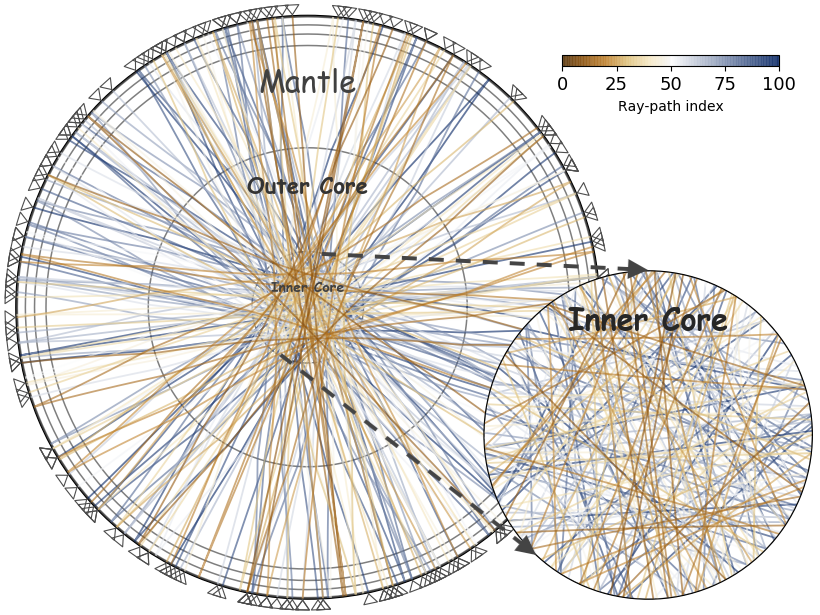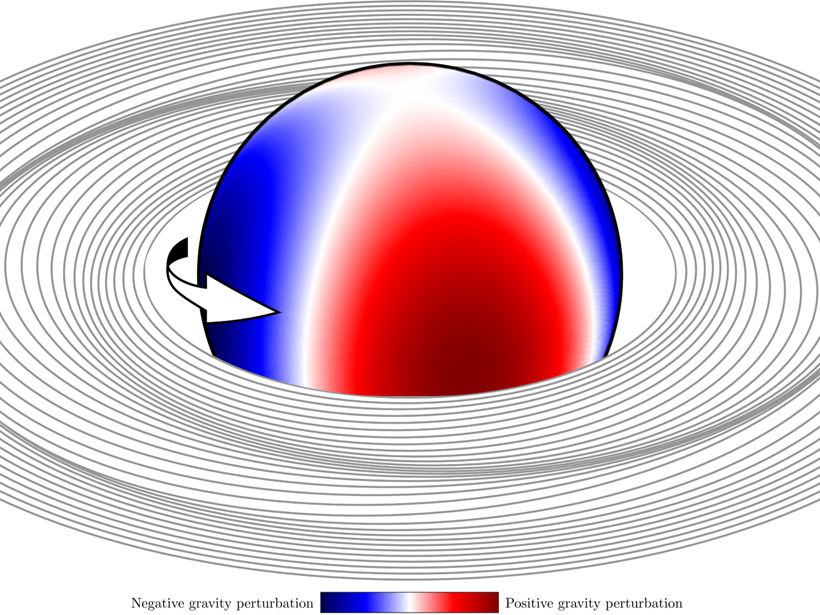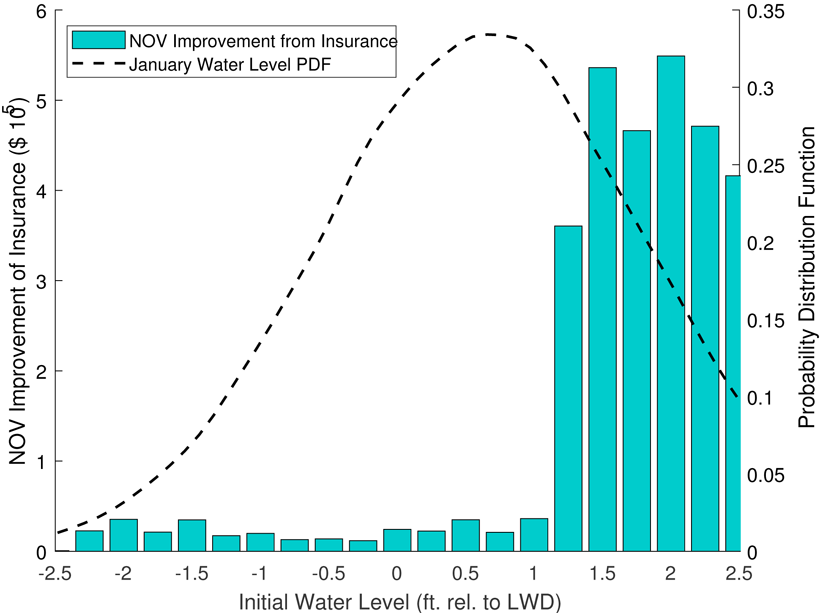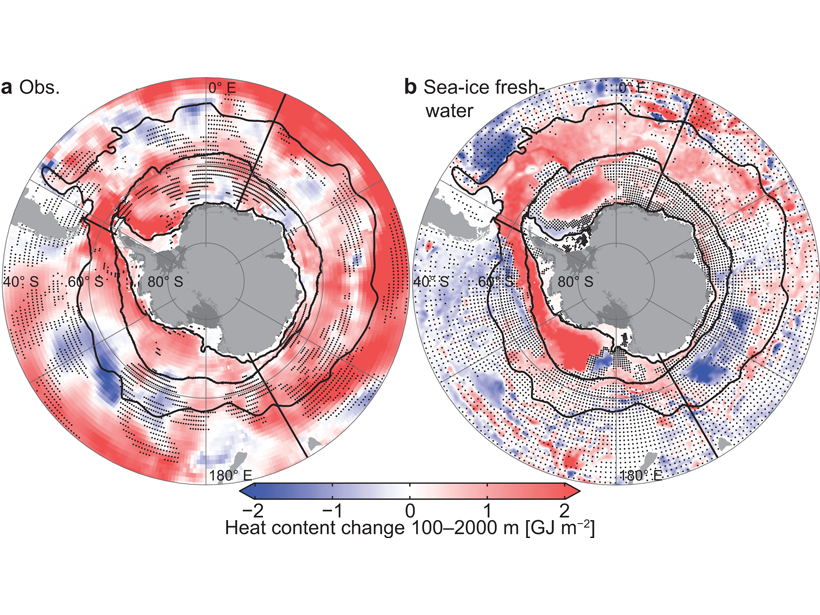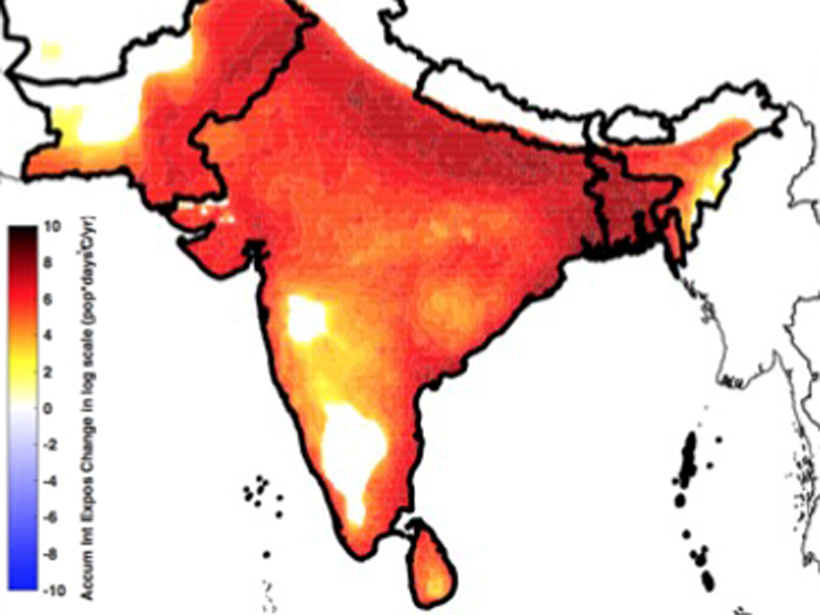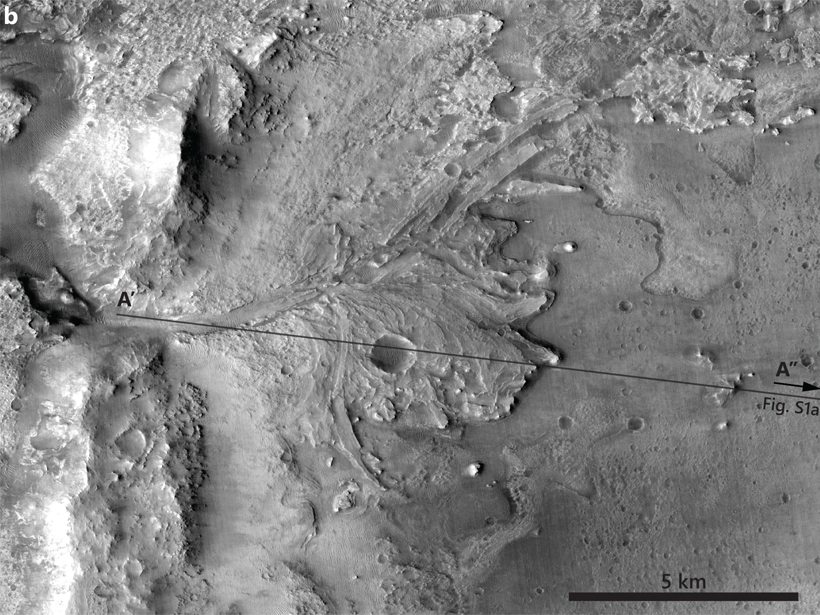New meteoric 10Be data quantify fast erosion of slates in the Zhuoshui River catchment in Taiwan and demonstrate the influence of lithology on landscape steepness.
Editors’ Highlights
Earthquake-coda Tomography Boosts Illumination of the Deep Earth
A new tomographic method based on correlations of seemingly chaotic earthquake coda waves yields otherwise unobservable arrivals, thus greatly improving illumination of the deep Earth.
Volcano Monitoring Goes Offshore
Offshore observations by cabled ocean-bottom pressure recorders have revealed details of the 2015 eruption of Axial Seamount submarine volcano in the Pacific Ocean.
How Does Convection Work Over the Tropics?
A new conceptual framework on how convection works in the tropics helps advance understanding of the contrast between land and ocean and how the tropics will respond to climate change.
Using Saturn’s Rings as a Seismometer
The Cassini spacecraft observed spiral density waves in the rings of Saturn which can be used to probe its interior structure and rotation.
New Analysis Helps Manage Risks to Shipping in the Great Lakes
Modeling of mysteriously fluctuating water levels in the Great Lakes has helped to optimize the prices of shipping insurance contracts along with investments in dredging navigation channels.
Explaining Cold and Fresh Southern Polar Ocean Surface Waters
Global climate models do not reproduce observed trends of the Southern polar ocean surface, but an increase in wind-transported sea ice that melts and inhibits mixing may account for the disparity.
Ultrahigh Speed Movies Catch Growing Earthquake Ruptures
Comparing successive frames from ultrahigh speed videos of propagating fractures allowed laboratory researchers for the first time to capture the fine details of of a propagating earthquake rupture.
Health Concerns from Combined Heat and Pollution in South Asia
Little research has studied the impacts of combined climate conditions. Together, heat events and poor air quality in South Asia amplify the imminent health challenge.
How Fast Did an Ancient Martian Delta Form?
Terrestrial meander migration rates are used to estimate a formation timescale of decades for Jezero delta on Mars.


